Lesson Plans October 10-14-16
Kindergarten
Content Objective: I can demonstrate comprehension of the sense of sight by observing with my eyes what happens when drops of colored vinegar are added to baking soda.
Language Objective: I can orally explain or draw what I saw happen when the colored vinegar drops were added to the baking soda.
Sentence stem :
I used my sense of sight and saw_____________.
Vocabulary: senses, eyes, sight, see
S.IA.00.12 Share ideas about the senses through purposeful conversation.
S.IP.00.13 Plan and conduct simple investigations using the senses
First Grade
Content Objective:
I can demonstrate comprehension of sinking and floating by predicting and sorting different objects based on this property.
Language Objective:
I can draw and label to explain at least 2 object that floated and 2 that sank.
Vocabulary
sort, observable, properties, sink, float
P.PM.01.11 Demonstrates the ability to sort objects according to observable attributes such as color, shape, size, sinking or floating.
Second Grade
Content Objective:
I can demonstrate comprehension of the property of liquids by measuring water using various measuring tools such as graduated cylinder, beaker, and measuring cups and spoons.
Language Objective:
I can write to explain what I observed about measuring liquids today.
Vocabulary
property, matter, solid, liquid, gas, measure, graduated cylinder, beaker, measuring cups, teaspoons, tablespoons, change shape
P.PM.E.1 Physical Properties- All objects and substances have physical properties that can be measured.
Third Grade
Content Objective:
I can demonstrate comprehension of motion of objects by observing various object’s motion, direction and path as it goes down a ramp.
Language Objective:
I can write to explain how at least 2 of the objects moved using motion, direction and path vocabulary words from chart.
Sentence Stem:
The _____________ _____________ down the ramp.
(object) (motion)
It went ________________ in a _________________ path.
(direction)
Vocabulary : Force, push, pull, gravity
Motion, slide, twirl, roll, wave, bend, spin,
Direction, away from, toward, around, above, below, behind, through, across, between
Path, straight, curvy, back and forth, zig-zag, circular
Fourth Grade
Content Objective: I can demonstrate comprehension of static electricity by experimenting with various balloon and static tube activities.
Language Objectives: I can write and draw to explain how static electricity works.
(Draw and label one the experiments and explain what happened)
Vocabulary: energy, transfer, electrical, static electricity, atoms, protons, neutrons, electrons, positive charge, negative charge, attract, repel
P.EN.E.1 Forms of Energy -Heat, electricity. light, and sound are forms of energy
P.EN.04.12 Identify heat and electricity as forms of energy
Fifth Grade
Content Objective: I can demonstrate comprehension of Newton’s First Law of Motion(Inertia) by exploring various activities that demonstrate Newton’s First Law.
Language Objective: I can write to explain how one of the activities performed today was an example of Newton’s First Law.
Sentence Stem:
The _____________ activity was an example of Newton’s First Law of Motion.
This activity showed Newton’s First law by _______________________.
Vocabulary: contact and non-contact forces, motion, force, inertia, Newton’s First Law of Motion, balanced force, unbalanced force, push, pull, gravitational force, relative position
P.FM.M.3 Forces have magnitude and direction. Forces can be added. The net force of an object is the sum of all the forces acting on the object. The speed or direction of the motion of the object changes when a non-zero net force is applied to it. A balanced force on an object does not change the motion of an object (the object either remains at rest or continues to move at a constant speed in a straight line)
P.FM.05.22 Demonstrate contact and non-contact forces to change motion of an object.

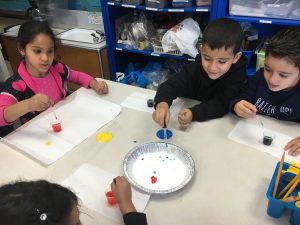
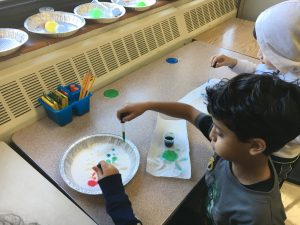
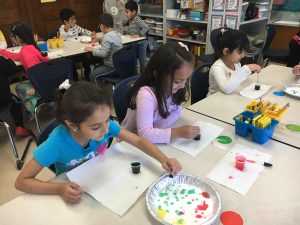
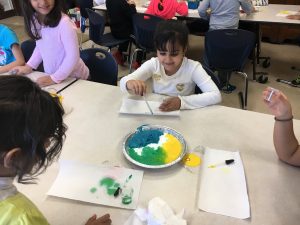
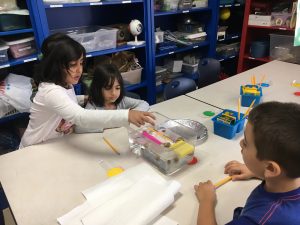
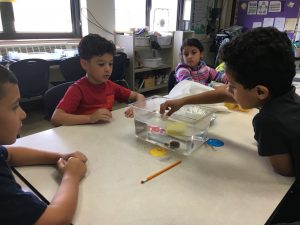
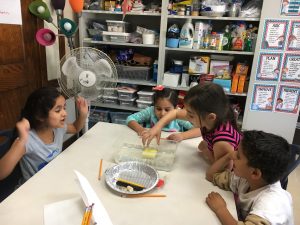
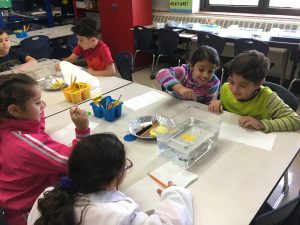
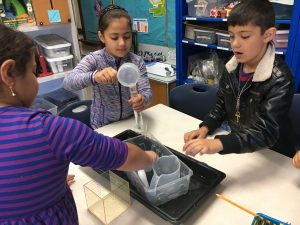
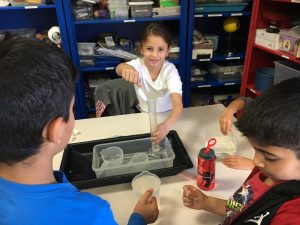
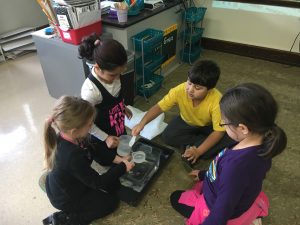
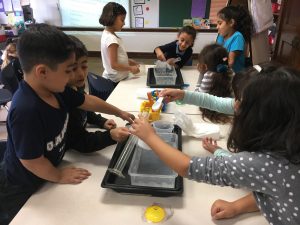
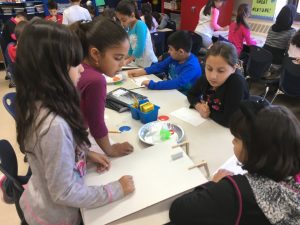
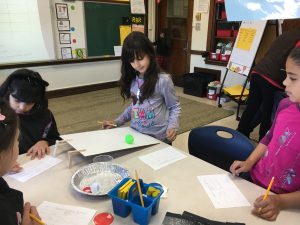
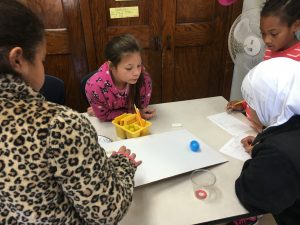
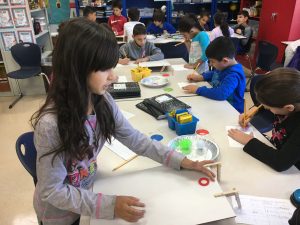
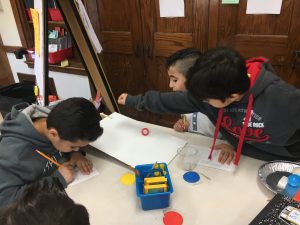

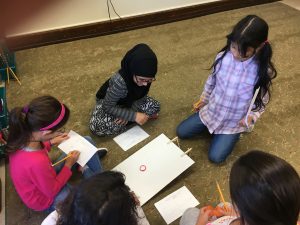
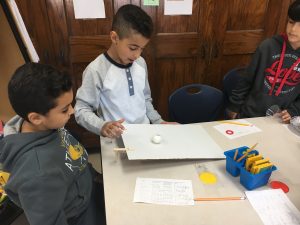
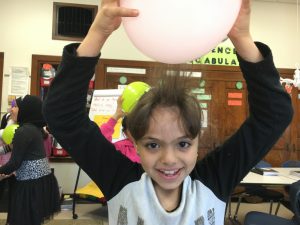

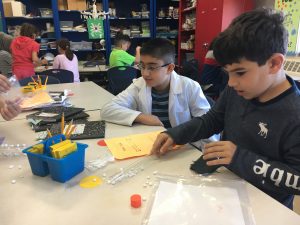
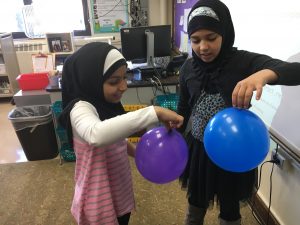

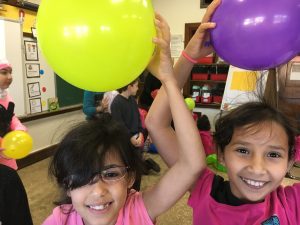

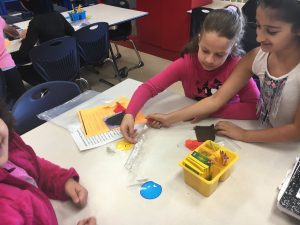
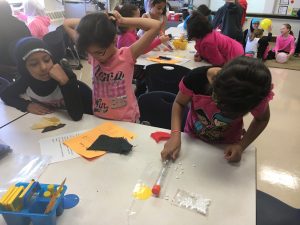
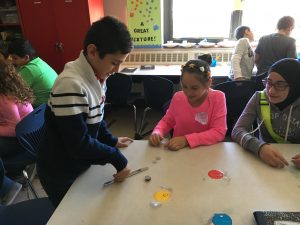
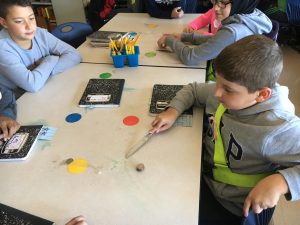

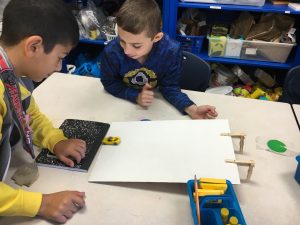
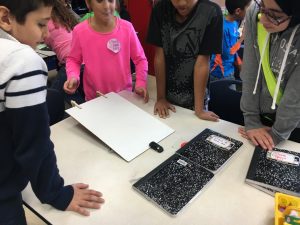
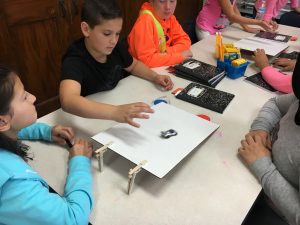
Leave a Reply